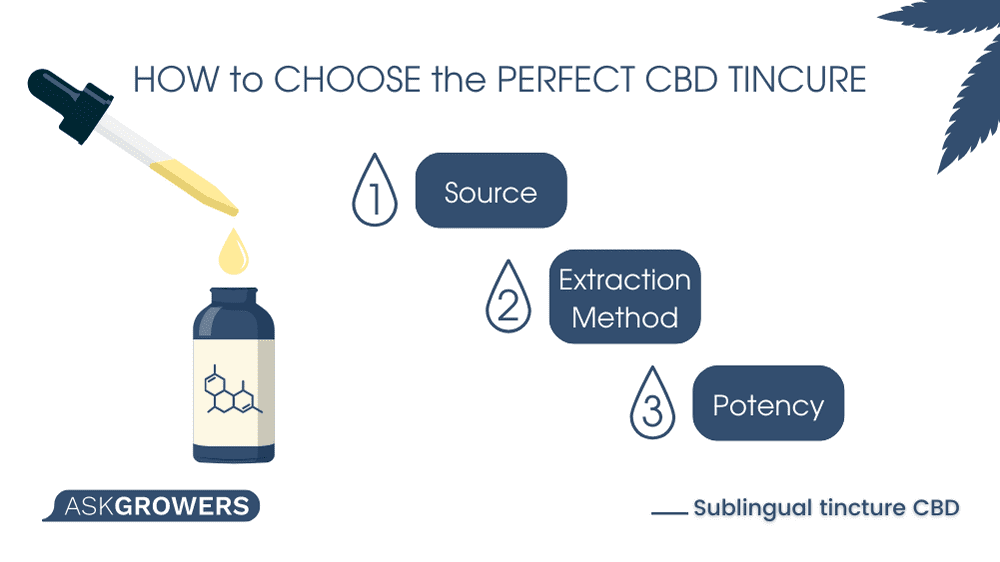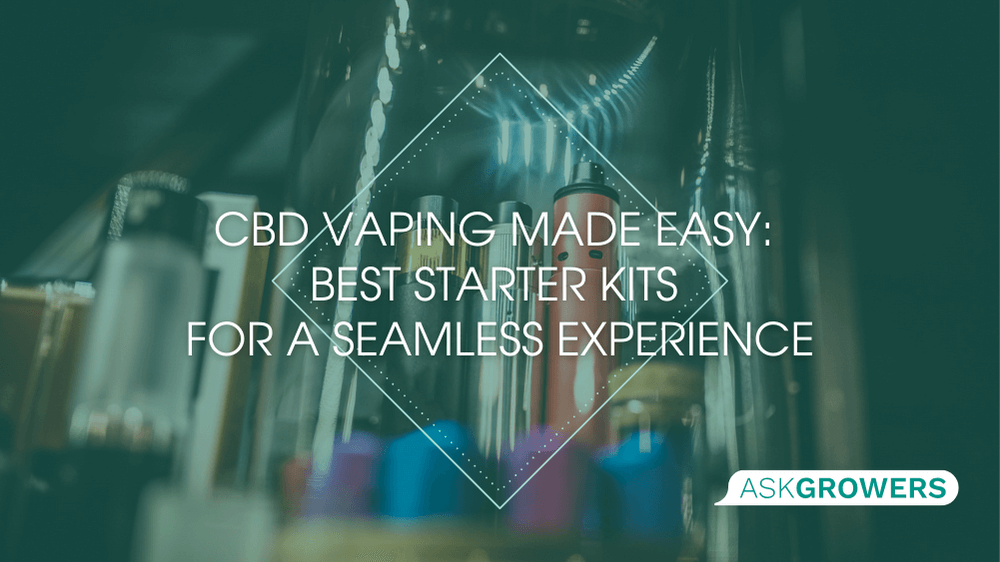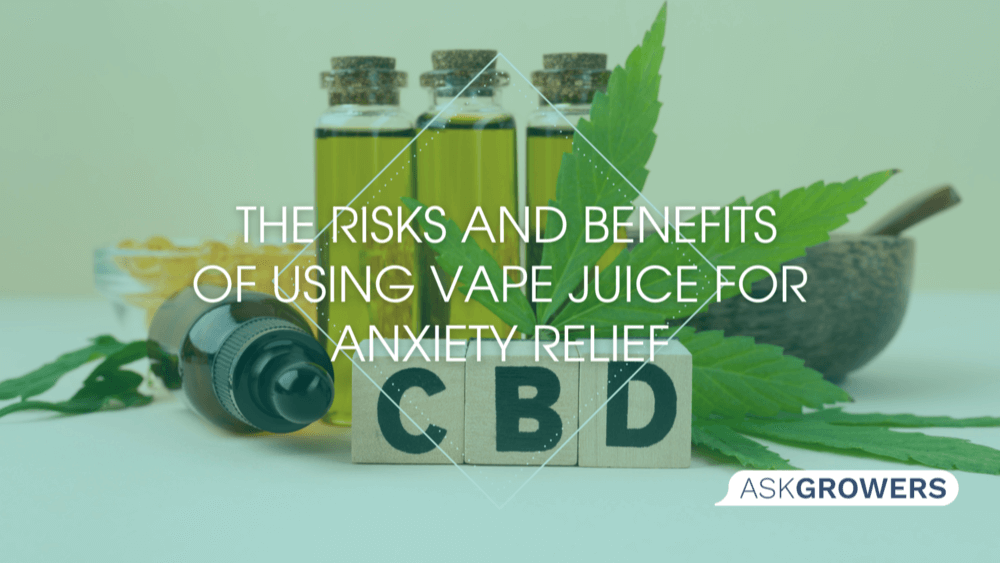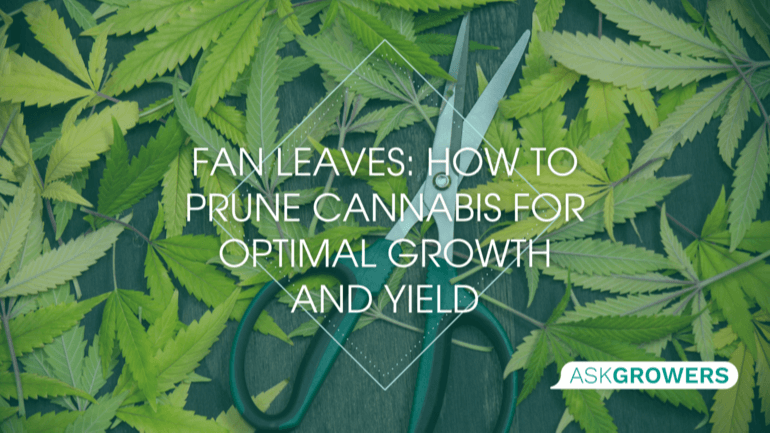The Sublingual Method: How to Properly Take CBD Tincture

In the world of cannabis, cannabidiol tincture has gained popularity for its therapeutic effects. Cannabidiol, a non-intoxicating compound found in cannabis, is extracted and mixed with carrier oil to create a concentrated liquid. Cannabis interacts with the body's endocannabinoid system[1] when consumed, offering potential benefits such as pain relief, anxiety reduction, improved sleep, neuroprotection, and anti-inflammatory effects.
Sublingual tincture CBD provides the following advantages:
-
Faster absorption
-
Enhanced bioavailability
-
Convenience
-
Accurate dosage control
Placing the extract under the tongue allows hemp to enter the bloodstream quickly. The higher bioavailability ensures more potent therapeutic effects[2] and can be consumed discreetly and on the go. The dropper included in cannabidiol infusions enables precise dosing, ensuring consistency.
Read Also: How to Extract CBD: CBD Extraction Methods Explained
We will thoroughly explore cannabis tinctures and the benefits of sublingual use. Understanding these aspects will help you make informed decisions about incorporating cannabidiol tincture into your wellness routine[3].
How to Choose the Perfect CBD Tincture
Hemp infusions are liquid extracts that contain cannabidiol as the main active ingredient. They are commonly produced by infusing hemp flowers in a carrier oil, resulting in a potent and convenient form of consumption.

Choosing a high-quality CBD oil tincture is crucial for ensuring safety, efficacy, and optimal results. Several factors should be considered, including the following:
-
Source: Opt for extracts derived from organically grown hemp to avoid exposure to harmful chemicals and pesticides.
-
Extraction Method: Look for infusions that utilize reputable extraction methods[4] like CO2 extraction, which ensures a pure and potent product.
-
Potency: Consider the concentration of cannabidiol[5] in the tincture, as it determines the strength and effectiveness of the product.
Reading the Label
When selecting a sublingual CBD oil tincture for personal use or pet CBD oil, it is vital to understand how to read the label. Here's what to look for:
-
Cannabidiol Concentration: Check the label for the amount of cannabis per serving or per bottle to determine the tincture potency.
-
Serving Size: Pay attention to the recommended serving size[6], which helps calculate your desired dosage.
-
Additional Information: Labels may provide information on supplementary ingredients, suggested usage, and storage recommendations.
The Best Sublingual CBD Tincture: A Selection from AskGrower's Experts
The Optimal Method: Sublingual Use of CBD Tincture
Taking CBD tincture under the tongue offers a convenient and effective method of consumption, bypassing the digestive system and allowing for direct absorption into the bloodstream. Here's a step-by-step guide on how to take a tincture sublingually, dosage measurement tips, and the benefits of this method.

Step-by-Step Guide:
-
Shake the bottle: Before each use, give the cannabidiol tincture bottle a gentle shake to ensure proper mixing of the ingredients.
-
Measure the CBD tincture dosage: Most hemp extracts are provided with a dropper for precise dosage measurement. Squeeze the dropper to draw the desired amount of the infusion into it, keeping in mind your personal dosage requirements.
-
Place under the tongue: Open your mouth and lift your tongue, creating space for the tincture. Gently squeeze the dropper, releasing the infusion under your tongue.
-
Hold and absorb: Allow the cannabis tincture to remain under your tongue for approximately 60 to 90 seconds. It gives enough time for the cannabidiol to be absorbed through the sublingual glands and into the bloodstream.
Tips for Sublingual Administration:
-
Start with a lower dosage and gradually increase it if needed, allowing your body to adjust.
-
Keep the tincture under your tongue for the recommended time to optimize absorption.
-
Avoid premature swallowing; gently move your tongue if necessary to prevent reflexive swallowing.
Since the dosage needs to be increased gradually, you can use this example of how many CBD drops to take:
| Day | Dosage (in drops) |
|---|---|
| 1 | 10 |
| 2 | 12 |
| 3 | 15 |
| 4 | 18 |
| 5 | 20 |
If you are new to using hemp tincture, it would be beneficial to monitor how your body reacts to it.
Read Also: Best Brands of CBD Tinctures: Reviews of Manufacturers and Purchase Guide
Comparison of CBD Tincture Sublingual vs Oral Use
| Method | Sublingual | Oral |
|---|---|---|
| Administration | Placing under the tongue | Swallowing directly |
| Absorption | Directly into bloodstream | Through the digestive system |
| Onset of Effects | Rapid onset | Slower onset |
| Dosage Control | Precise with dropper | May vary due to digestion |
Conclusion
Overall, sublingual tincture use provides a convenient and efficient way to experience the potential benefits of cannabidiol.
There may be some benefits and drawbacks to using a tincture:
Pros
-
Rapid onset of effects
-
Higher bioavailability
-
Precise dosage control
-
Discreet and convenient
Cons
-
Potential taste or texture issues
-
Requires holding tincture under the tongue
Remember to use the tincture responsibly, follow proper dosage guidelines, and consult with a healthcare professional if you have any questions or concerns about CBD and THC tinctures. Therefore, you can optimize your cannabidiol tincture experience while prioritizing your overall well-being.
Sources
At AskGrowers, we are dedicated to maintaining high research standards and ensuring the credibility of our content. Our core principle revolves around relying on comprehensive research and avoiding empty rhetoric. We place the utmost importance on evidence-based information, which we acquire through a meticulous approach that involves peer-reviewed studies, scholarly research institutes, and esteemed professional associations. By following these rigorous procurement guidelines, we guarantee the accuracy, reliability, and up-to-date nature of our content, firmly rooted in the latest scientific discoveries.
-
Yann Chye, Erynn Christensen, (2019) The Endocannabinoid System and Cannabidiol's Promise for the Treatment of Substance Use Disorder, Frontiers, PubMed Central. Available at: https://www.ncbi.nlm.nih.gov/pmc/articles/PMC6390812/
-
National Academies of Sciences, Engineering, and Medicine, Health and Medicine Division, (2017) The Health Effects of Cannabis and Cannabinoids: The Current State of Evidence and Recommendations for Research, National Academies Press (US), National Library of Medicine. Available at: https://www.ncbi.nlm.nih.gov/books/NBK425767/
-
Simon Erridge, Ross Coomber, (2022) Medical cannabis, CBD wellness products and public awareness of evolving regulations in the United Kingdom, Journal of Cannabis Research, BMC. Available at: https://jcannabisresearch.biomedcentral.com/articles/10.1186/s42238-022-00165-6
-
Aitor Sainz Martinez, Olga Lanaridi, (2023) Extraction techniques for bioactive compounds of cannabis, National Product Reports, The Royal Society of Chemistry. Available at: https://pubs.rsc.org/en/content/articlehtml/2023/np/d2np00059h
-
Anna Gramza-Michałowska, Wojciech Kolanowsk, (2022) Cannabidiol (CBD) Dosing: Plasma Pharmacokinetics and Effects on Accumulation in Skeletal Muscle, Liver and Adipose Tissue, Nutrients, National Library of Medicine. Available at: https://www.ncbi.nlm.nih.gov/pmc/articles/PMC9146469/
-
Christian Larsena, Jorida Shahinasa, (2020) Dosage, Efficacy and Safety of Cannabidiol Administration in Adults: A Systematic Review of Human Trials, Journal of Clinical Medicine, National Library of Medicine. Available at: https://www.ncbi.nlm.nih.gov/pmc/articles/PMC7092763/

 CBD
CBD







 (1).png)

.jpg)
Be the first and share your opinion
Write a Review